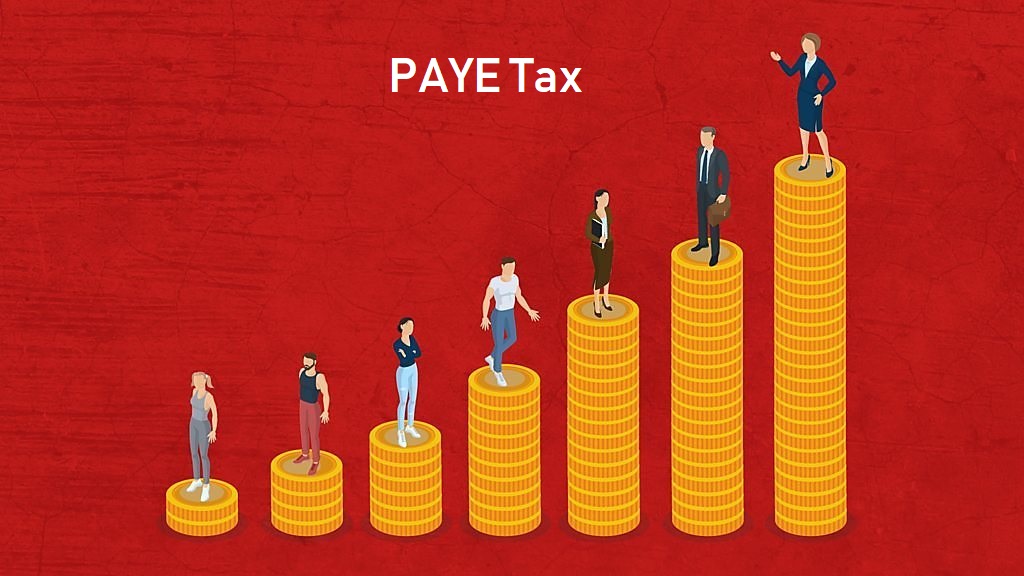We dedicated to help you maximize your money by empowering
you to make smarter financial decisions!
Understand Your Pay-As-You-Earn (PAYE) Tax in Sri Lanka

Commonly known as PAYE tax in Sri Lanka, it is a major source of direct tax for the Government. Inland Revenue Act No. 10 of 2006 (IRA) governs the tax administration and collection, while it defines PAYE tax as the tax deducted by the employers from the employees’ employment income at the time of payment of their salaries and wages.
PAYE tax in Sri Lanka has its direct impact on our take-home salary; more the tax deducted lesser the take-home and lesser the deduction more the purchasing power. The amendment to IRA, which came into effect on 1 April 2018, made changes to the PAYE tax regime.
Has that been good news to our hard-working employees?

Basically tax liability arises on total remuneration received by an employee in any form as described below in cash or kind, for services performed or value of any benefit arises from prospective employment.
- Salary, wages, leave pay, overtime pay, fees, pensions, commissions, gratuities, bonuses, and other similar payments;
- Personal allowance, including any cost of living, subsistence, rent, entertainment or travel allowance;
- Payments providing discharge or reimbursement of expenses incurred by the employee or an associate of the employee;
- Employees earning between or up to Rs.100,000 a month or Rs.1.2 million per annum are exempt from PAYE tax.
- The tax would see a progressive increase from 4 percent to 24 percent for earnings over Rs.100,000 depending on one’s monthly income.
- The new tax regime has also removed certain concessions prevailed earlier, such as the lower tax rate charged for professionals has been removed and treatment of transport allowance has changed.
The salient features of the new PAYE system, with effect from 1 April 2018:
Summarized Detail of PAYE Tax in Sri Lanka

What has been the impact on our employees with the new PAYE system?
The annual tax free threshold for PAYE tax in the prevailed tax regime is Rs.750,000 per annum and we see it increased to Rs.1,200,000. Earlier, if the tax free threshold is exceeded the next Rs.500,000 is taxed at 4% and every subsequent Rs.500,000 earned is taxed at 8%, and 12%, till a maximum tax rate of 16%. However, now the first Rs.1,200,000 is tax exempt, and every subsequent Rs.500,000 earned is taxed incrementally at 4%, 8%, 12%, 16%, 20%, up to a maximum of 24%.
To which income bracket do we belong? I would say, considering the ‘per capital GDP’ of USD 4,065 reported in 2017 (Central Bank annual report, 2017), the number of individuals who are required to pay PAYE tax is still less, as many of them fall under middle income brackets. However, this does not mean the Government has sacrificed its PAYE tax revenue.
The new PAYE tax in Sri Lanka is slightly more progressive, which means the high income earners will pay more taxes than the middle or low income earners – the increased maximum tax rate of 24% and removed concessions on income of professionals’ evidence this fact. A research shows, under the new tax system, 98% of the PAYE taxes will come out of the pockets of the richest 30% of Sri Lankans and this is actually an increase of 3 per cent of the Government’s PAYE revenue.
Conclusion
It is indeed optimistic that the Government has tried to achieve income equalizing through the new progressive PAYE tax system. PAYE is an important and easy-to-collect revenue item for the Government. However, in order to achieve the above objectives, revisiting the measures taken on tax administration to reduce the tax avoidance and to improve tax compliance is essential.
On one hand it is absolutely true the employees have benefitted from the new PAYE system, on the other hand have they been burdened with other indirect taxes on goods and services? The prices of consumer goods and services are on continuous rise, so as the employment income and savings barely suffices a middle income earner.
“The hardest thing to understand in the world is the income tax – Albert Einstein”. Be wise in managing your purchasing power with your take-home income.